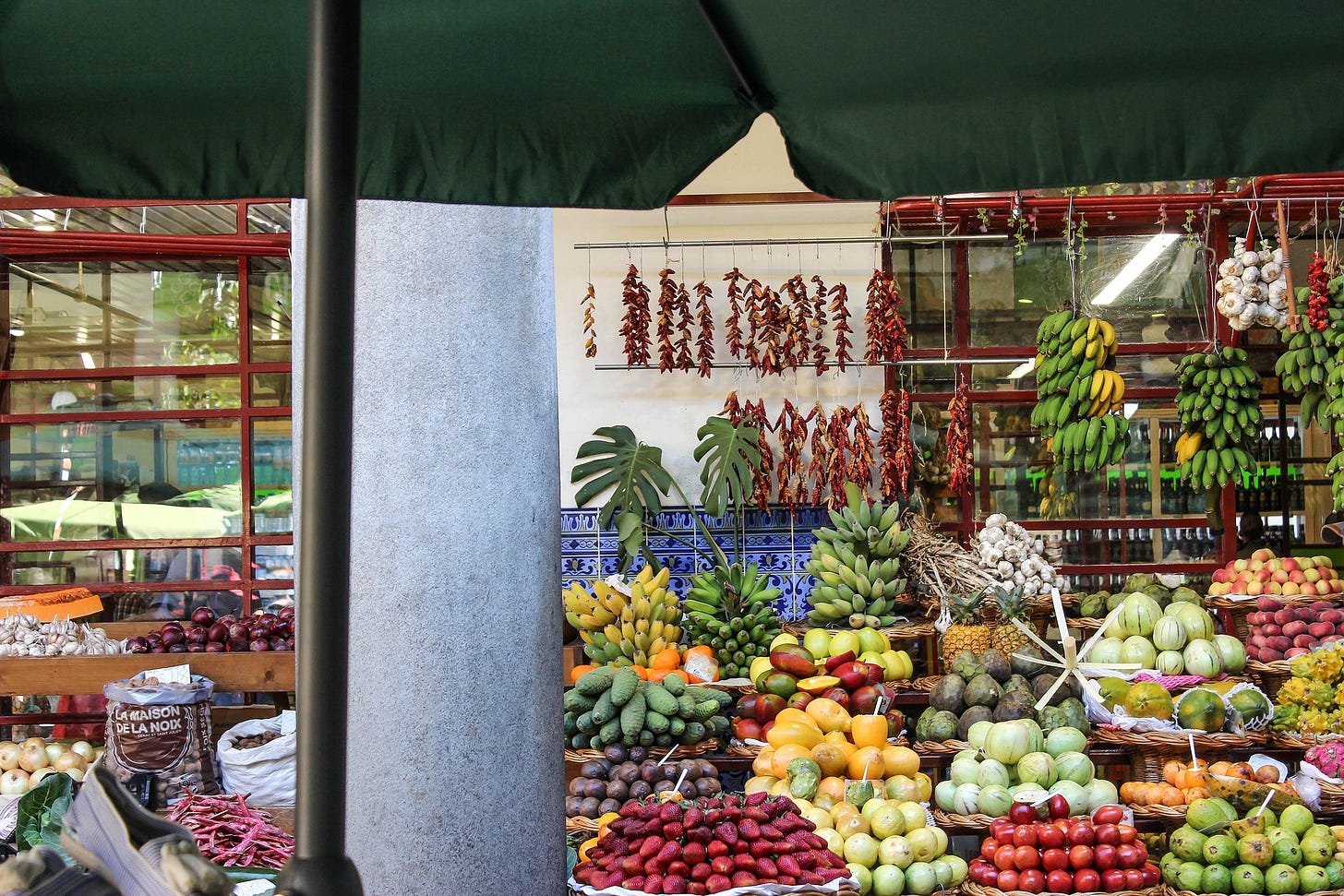Why Are Grocery Prices Still So High in Canada?
5 Often-Hidden Drivers Behind High Food Costs
If your grocery bill feels like it’s growing faster than your paycheque, you’re not imagining it—and you’re not alone.
Canadians are feeling the crunch, and while it’s easy to blame the nearest grocery chain, the truth is more tangled. Understanding the big forces at play—global shocks, local farming challenges, and yes, corporate profits—can help us navigate this moment with a little more clarity.
Your provincial and federal governments are also grappling with these challenges, as many of the causes are global or deeply embedded in how our economy works. But don’t lose heart—awareness is the first step toward smarter policy, stronger advocacy, and maybe even a bit of relief down the road.
1. General Inflation: When Everything Gets Pricier
Think of inflation as a general rise in prices across the entire economy. When the cost of almost everything—from gas to housing to services—goes up, food prices naturally follow. What fuels this widespread inflation? It’s usually a mix:
More Money Flowing Around: When there’s a lot of money in circulation, it can make things more expensive because more money is chasing the same amount of goods.
Strong Demand: If people are eager to buy, businesses can often charge more.
Rising Wages: As wages increase, businesses sometimes pass those higher labour costs on to us through higher prices.
The Bank of Canada works to control inflation by adjusting interest rates, but these changes take time to make a difference, and food prices can be particularly stubborn.
2. Global Shocks & Supply Chain Hurdles
Our food comes from all over the world, moving through a complex system of farms, factories, and shipping routes. When that system gets disrupted, we feel it at the grocery store.
Shipping Gets Costly: Things like crowded ports, not enough truck drivers, or super high fuel prices mean it costs a lot more to move food around. These extra costs are added to our grocery bill.
Less on the Shelves: Big events like pandemics, natural disasters, or conflicts (including trade disputes like past tariffs) can reduce how much food is produced or how easily it can get to us. When there's less available but people still want it, prices jump.
Farming Inputs Are Pricier: Farmers rely on things like fertilizers, animal feed, and machinery parts, many of which come from global sources. When access to these is disrupted or their costs rise, farming gets more expensive, which then pushes up food prices.
3. Local Farm Challenges & Rising Expenses
It's not just global issues; what happens right here at home significantly impacts our food costs too.
Tricky Weather: Our farmers are facing more extreme weather events like droughts, floods, and heatwaves. These can devastate crops and affect livestock, meaning less food is produced, and what does make it to market costs more.
Higher Farming Costs: Just like us, farmers are dealing with increased expenses for everything they need to grow food—from seeds and pesticides to fuel and labour. These higher production costs are then reflected in the prices we pay.
Livestock Issues: Challenges like animal diseases, rising feed costs, or disruptions in processing plants can drive up the prices of meat and dairy products.
4. Company Profit Margins: Are They Too High?
This is a hot topic. While many costs have genuinely gone up, some are questioning whether large companies in the food supply chain—like processors, distributors, and major grocery retailers—are using this inflationary period to increase their profit margins more than necessary. This idea is sometimes called "greedflation."
Higher Price Tags for Us: If companies are simply marking up prices more than needed to cover their own increased costs, we end up paying more at the checkout.
Fewer Savings Passed On: It means that even if a company finds ways to be more efficient or cut costs, we might not see those savings if the priority is boosting profits.
5. Government Policies & Regulations
What governments do, both domestically and internationally, also plays a role in how much we pay for groceries.
Trade Rules: Things like tariffs (extra taxes on imported goods) can make foreign food more expensive, potentially increasing demand and prices for Canadian-produced options.
Regulatory Costs: Rules around food safety, environmental protection, or labour can add expenses for food businesses. While these regulations are important, their costs can be passed on to consumers.
Taxes: Direct taxes on food items can also contribute to the final price we pay.
It’s a complex picture with many moving parts, but understanding these key drivers helps explain why our grocery bills have become such a persistent headache.
And as voters and community members, staying informed about what shapes these prices is part of how we hold systems accountable. When we understand the pressure points, we’re better equipped to push for the kind of solutions that serve ordinary Canadians.
Knowing what we’re up against is a first step toward pushing for solutions that actually serve us.
💬 Is there a piece of this you'd like to see explored in more depth?
Let me know in the comments—or send a message. Your perspective helps shape where we go next.




